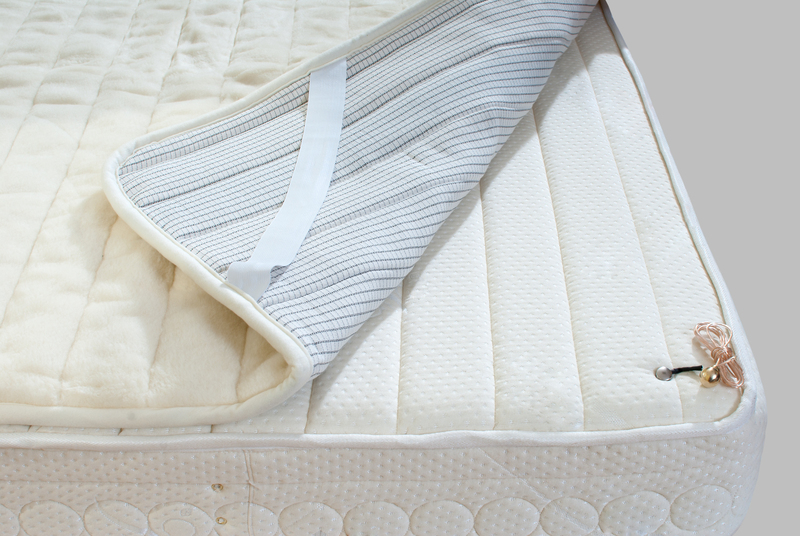How to Sanitise Your Coffee Maker
Posted on 16/10/2025
Coffee lovers know the importance of a hot, fresh cup of coffee to kickstart their day. But to enjoy that invigorating beverage, you must keep your coffee maker in top shape. One crucial aspect of maintaining your coffee maker is sanitising it regularly. This guide will walk you through the process of how to sanitise your coffee maker, ensuring that you get the best-tasting coffee and prolong the life of your machine.
Why Sanitising Your Coffee Maker is Important
Sanitising your coffee maker does more than just remove stains and hard water deposits. It gets rid of bacteria, yeast, and mold that can build up over time. Without regular sanitisation, these microorganisms can affect the taste of your coffee and possibly lead to health issues. By keeping your coffee maker clean, you also maximize its efficiency and lifespan.

Step-by-Step Guide to Sanitising Your Coffee Maker
Step 1: Gather Your Supplies
You'll need the following items:
- White vinegar
- Water
- Dish soap
- Soft sponge or cloth
- Toothbrush (for hard-to-reach areas)
Step 2: Disassemble the Coffee Maker
Unplug your coffee maker and let it cool down. Remove all detachable parts, including the carafe, filter basket, and any other removable components.
Step 3: Clean the Removable Parts
Wash the carafe, filter basket, and other removable parts with warm, soapy water. Use the toothbrush to scrub away any stubborn stains or coffee grounds. Rinse thoroughly and let them air-dry.
Step 4: Descale the Coffee Maker
Fill the water reservoir with a mixture of equal parts white vinegar and water. Turn the coffee maker on and let it brew halfway through the cycle. Turn it off and let it sit for about 30 minutes to loosen any limescale or mineral deposits. After 30 minutes, turn the coffee maker back on and let it complete the brewing cycle.
Step 5: Rinse the System
Once the vinegar solution has cycled through, discard it and fill the reservoir with fresh water. Run at least two full brew cycles with just water to ensure that all vinegar residue is removed. This step is crucial to avoid any unpleasant vinegar taste in your next cup of coffee.
Tips for Maintaining a Clean Coffee Maker
Regular Cleaning
- After each use, rinse and wash removable parts to remove coffee oils and grinds.
- Wipe down the exterior and the warming plate with a damp cloth.
Weekly Deep Cleaning
- Commit to a thorough cleaning schedule once a week.
- Deep clean removable parts and the interior of the coffee maker, as discussed in the steps above.
Pros and Cons
Pros
- Enhances the taste of your coffee.
- Prolongs the life of your coffee maker.
- Decreases the chance of mold and bacteria buildup.
- Improves the efficiency of the appliance.
Cons
- Requires time and effort.
- Frequent descaling can be time-consuming.
- Temporary vinegar smell may linger if not rinsed well.

Takeaways
Sanitising your coffee maker is essential for both the longevity of the machine and the quality of the coffee it produces. Regular cleaning schedules, combined with proper descaling, help to keep your machine running efficiently and your coffee tasting great.
Conclusion
Maintaining a clean coffee maker is crucial for every coffee enthusiast. By following the steps and tips outlined in this guide, you can ensure that your machine stays in optimal condition and continues to make delicious coffee for years to come. Regular sanitisation may require some effort, but the enhanced flavor and longevity of your coffee maker are well worth it. Happy brewing!

